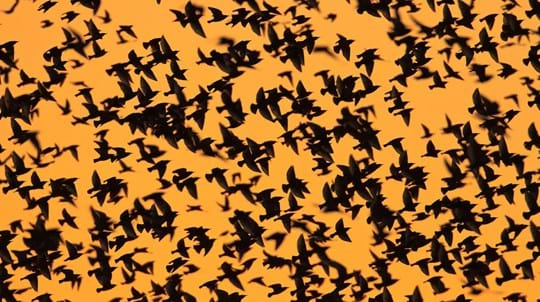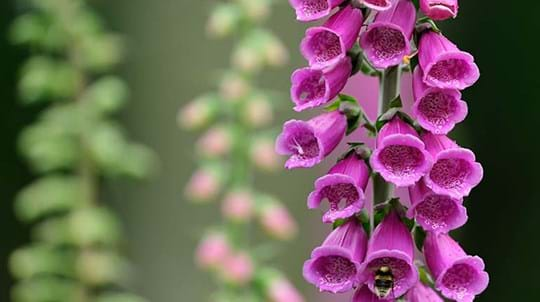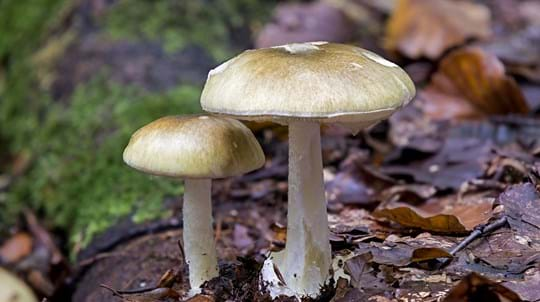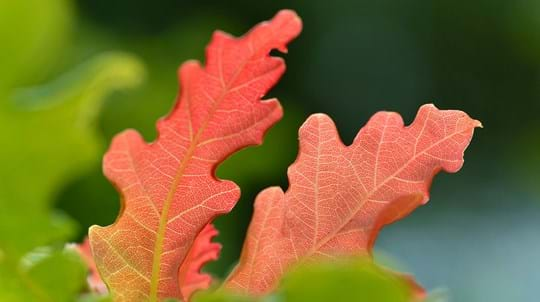
Nature's Calendar
Help monitor the effects of climate change on wildlife near you. Your records contribute to a growing body of evidence on global warming.
Add your wildlife recordings
Digital content editor
When you next venture outside have a closer look around. Nature is brimming with animals that have mastered disguises!
Camouflage is a strategy that animals use to hide in plain sight. In this blog, we delve in four types of camouflage that stops predators from seeing their prey and prey seeing their predators.
Some animals change the way that they look in line with the seasons so they blend in with a changing environment. An example of this is the mountain hare. In the summer they are brown and match the browns, greens and reds of the Scottish Highlands and the Peak District. In the winter they are white so that it can blend in with the snow. Deer also use this type of camouflage appearing lighter in the summer than in the winter. Fawns are born with a dappled camouflage so that they are hidden on the sunlit floor.
Seasonal variation is reliant on the changing seasons. If there's less snow, the mountain hare will have nowhere to hide. This is part of a bigger picture. Help us track the effects of weather and climate change on wildlife near you by joining Nature's Calendar.
Some animals have markings that break up their outline, so that they merge in with their background. This is called disruptive colouration. For example, some birds have feathers that match their surroundings and markings that pull focus away from the bird as a whole. Insects also use this method to hide.
Other animals have ragged outlines that make it harder to see where the animal ends and its surroundings begin.
Another way that animals hide is through the use of colour. An animal that is the same colour as their background is impossible to see.
Batesian mimicry is when an animal looks more foul-tasting or dangerous than it is!
Some animals have anatomy or markings that make them look like another animal or plant. To a predator or even prey an animal may look like a harmless or entirely uninteresting object. This can be true in the case of many caterpillars and stick insects that look like parts of a plant.
Another form of mimicry revolves around looking unsavoury or appearing dangerous. A good example of this is the harmless hoverfly which looks like packs a powerful sting thanks to its bee- and wasp-like appearance.
Hoverflies and dragonflies move in a way that is similar to the motion of a stationary object. This makes them difficult to see during aerial manoeuvres. and is useful to predators who want to ambush prey. The prey is tricked. It can't see anything that is out of the ordinary even if its predator is darting around.
Animals have evolved over time through natural selection. Those that survive have DNA-based instructions that make them look or behave in a certain way.
Being capable of camouflage is the result of evolution. Camouflaged animals are better able to hide from predators or prey. Some species can change rapidly due to short reproductive cycles. As each generation is born there will be those that survive thanks to a helpful characteristic. This feature is passed on to the next generation.
A classic example of natural selection is the peppered moth. During the industrial revolution, the white-winged moth stood out on sooty trees - easy pickings for birds! But, this polluted backdrop favoured black-winged versions of the moth that could hide. In the 1960's the clean air law allowed numbers of the white form to pick up again.
Some species can't adjust as quickly. Rapid climate change and seasonal changes in plants and animals can impact the:
From a camouflage perspective a change in the environment can be detrimental to species that moult seasonally. This is referred to as camouflage mismatch.
Mild winters can leave animals prone to predators. This is just part of the picture. Climate change is having far-reaching impacts.
Help us track the effects of weather and climate change on wildlife near you by joining Nature's Calendar. From leaf buds bursting to blackberries ripening, let us know what's happening near you and contribute to a biological record dating back to 1736.

Help monitor the effects of climate change on wildlife near you. Your records contribute to a growing body of evidence on global warming.
Add your wildlife recordings
Blog
Kayleigh Jacobs-Rutter • 16 Dec 2024

Blog
Helen Keating • 01 Jul 2020

Blog
Hanako Shimada • 19 Feb 2025

Blog
Helen Keating • 02 Oct 2020